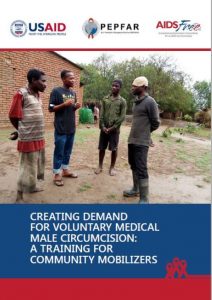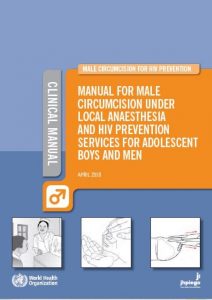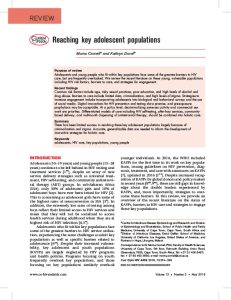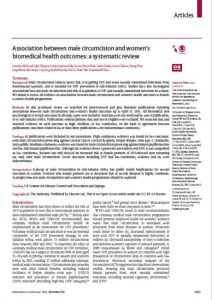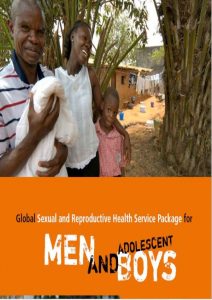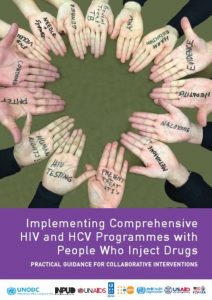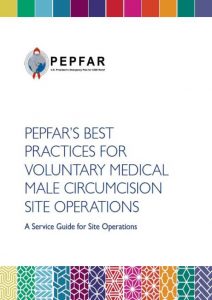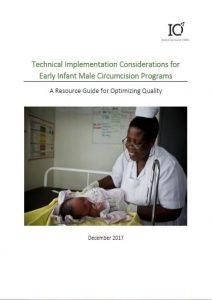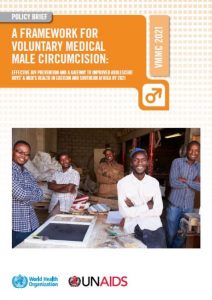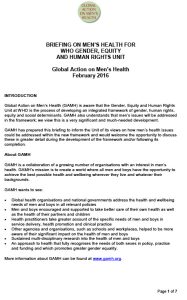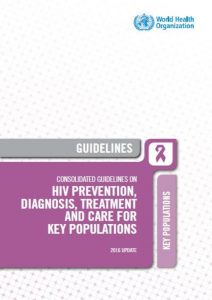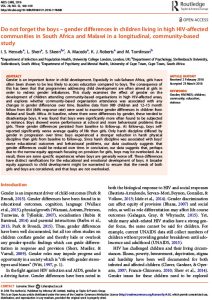A strong primary prevention response should be made up of biomedical, behavioural and structural dimensions, closely integrated with HIV testing and treatment scale-up. These include:
- Provide combination prevention for men & boys
- Strengthen national condom programmes
- Promote voluntary medical male circumcision (VMMC) uptake & use as entry point to other services
- Offer pre-exposure prophylaxis (PrEP) to men and boys at high risk

